What is dewatering screen?
Dehydration is the most basic function of dewatering screen, which is mainly to solve the drawback of washed sand is too wet to sale directly. The finished water content is as low as 8% after the process of dewatering screen.
What is dewatering screen?
Dewatering screen is produced to solve the above situation that washed sand is too wet. So it is mainly used to dewater sand and fine gravels (typically 0.074-10mm) prior to stockpiling. Depending on the gradation of product to be produced, dewatering screen will typically produce a final product with water content as low as 8%, which is dripless.
Dewatering screen is a common tool, which can not only used in sand processing plant, also can used in mine, ores, clay, slurry, concrete mixing plant, etc. And the feed to dewatering screen can come from a variety of sources, include material washing machine, cyclones, density classifiers, and even directly from classifying tanks.
How does it work?
Dewatering screen adopts dual-motor self-synchronization technology, which means dewatering screen has the vibrating motor with the same performance parameters as excitation source. The motors coordinate with universal eccentric and adjustable amplitude vibrator. When two sets of vibrating motor in the same angular velocity do reverse operation, the inertial force produced by an eccentric block in a particular aspect torepeated stack or offset, so as to produce a great shock, driving the screen box along the straight line track to do periodic reciprocating motion, make the materials on screen mesh from input to output to do gradually vibrate. During the vibrating process the part less than the screen hole (water) through the screen hole falls, the rest from the output falls, so as to achieve the purpose of classification, dehydration( get more please visit: dewatering screen working principle ).
Raw material Properties that affect the dewatering effect
To evaluate all material properties that relevant to dewatering before selecting screen is the most important thing.
1. Feeding raw material properties
1.1 Gradation
The most important material property is its gradation, which defines how much water can be bound in the product, also defines how small the openings of the screen have to be.
1.2 Density
The greater difference between the density of solids and liquid, the easier separation.
1.3 Grain shape
The shape of a grain not only defines the surface area, but also the resistance against liquid flow in a material, even defines the capacity.
1.4 Other properties
In addition, some other properties( firmness, abrasiveness, product value, poisonousness)have to be taken into account as well. Particles could get destroyed and increase the fines content during the process, to increase the overall surface area and prevent the dewatering. corrosiveness and abrasiveness will play a important role in the selection of machinery. The value of product will determine how much sense it makes to dewater to a certain percentage.
2. Final product water content
When mentioned the dewatering, the first thing that comes to our mind is the remaining water content of final products. This property mainly decides the whole process. And it also affects whether the products can be transported on a belt conveyor.
3. Machine conditions
The following conditions need to be consider before selecting dewatering screen
Allowable gradation
Allowable solids percentage
Throughput
Efficiency
Economy: investment and operation cost
How to debugging and commissioning the dewatering screen?
1. Adhusting the eccentric blocks of two vibrating motors to the same scale, in addition to, rotary direction of two motors should on the contrary.
2. Examining if the vibrating motor eccentric blocks are in the same scale, if not, examining the spring support whether consistent or not.
3. Raising the discharge hole height or opening hole in feeding hole baffle makes redundant water flow into water tank.
4. After passing the no loa commissioning, it can put into load commissioning, time can be adjusted according to the commissioning requirements.
Some customer’s working site that apply to dewatering screen
1. TS1840 dewatering screen in South Africa
Raw material: River sand
Feeding size: ≤ 5mm
Capacity: 130-160t/h
Working hours: 8-10 hours per day
2. TS1530 in Vietnam
Raw material: Crushed sand
Feeding size: ≤ 5mm
Capacity: 100t/h
Working hours: 8-10 hours per day
3. TS1530 in Australia
Raw material: Crushed sand
Feeding size: ≤ 5mm
Capacity: 120-150t/h
Working hours: 8-10 hours per day







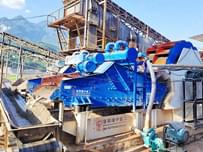
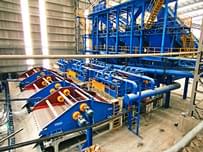
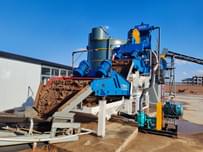
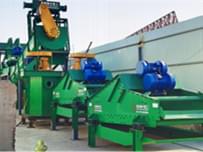
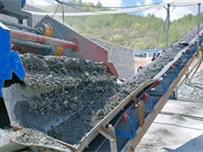
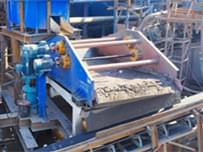
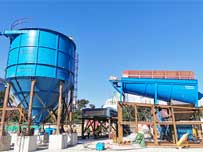
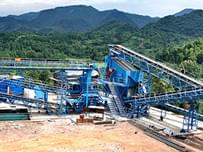




Send Message
Please write down your requirement and contact details in the following form. You can also send a message to us by this email export@lylzzg.com, we will reply to you within 24 hours.